Valparaiso
I was nodding in and out of consciousness. The earplugs and eye mask were not enough to cover the distractions keeping me from sleep. The lights of the bus had been turned on and the host was handing out a box of miscellaneous ‘treats’ including the popular Argentina desert, Alfajores. We were in a state of confusion from being in and out of sleep, but realized the bus had stopped moving.
Everyone was getting out of the bus, the door was open and the cold air was streaming in. We looked out the window into the dark night and realized we were at the Argentine/Chilean border. People were standing outside chatting and smoking, all of them looking freezing. It was 1 a.m. and there seemed to be very little happening. We decided we wouldn’t get out of the bus until we needed to.
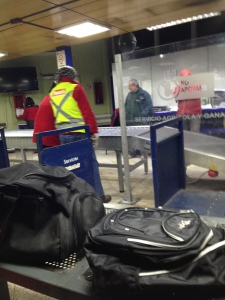 After an hour and a half there was still no movement. We seemed to be parked at the entrance of Chile at 2:30 a.m. with a few cars passing by us, and no one else in sight. What the heck is the holdup here? We kept asking each other. Our bus driver was nowhere in sight, and everyone appeared camped out.
After an hour and a half there was still no movement. We seemed to be parked at the entrance of Chile at 2:30 a.m. with a few cars passing by us, and no one else in sight. What the heck is the holdup here? We kept asking each other. Our bus driver was nowhere in sight, and everyone appeared camped out.
Finally around 3 a.m. something happened. We were told to get out of the bus and stand in the freezing cold ‘building’ nearby. They went into the bus and searched it (for who knows what), then finally brought our bags into the cold room. We watched as our bags came in one by one, being frantically searched for contraband or apples (which are illegal to take from Argentina into Chile). After watching the border control guards laughing and having a great time for another hour (and finding nothing), we were finally allowed to walk through the border. It was apparent that the guards did not want to work and wanted to stretch out their graveyard shift. This was at the expense of the weary bus travelers (us) that wanted nothing more than to get back on the bus and get some sleep before we arrived at our final destination of Valparaiso, Chile.
Even with our rough start back into Chile, we were excited to explore the eclectic and vibrant seaside port. Valparaiso has a long history of importance due to its strategic location. In the 1800’s it was a popular stopover point for ships taking gold and other Latin American products back to Spain. After the glory days of gold, sailors, pirates and prostitutes, Valparaiso fell on hard times in the 20th century. In 1906 a huge earthquake destroyed much of the city followed by the opening of the Panama Canal, which crippled the local economy. Even with these major events, the city has been resilient and bounced back as a popular tourist destination. UNESCO agreed and deemed several areas of the city a World Heritage site due to its beautiful buildings and architecture.
When you first glance at the city from atop one of the 42 cerros (or hills) it is breathtaking. You can see how it inspired generations of p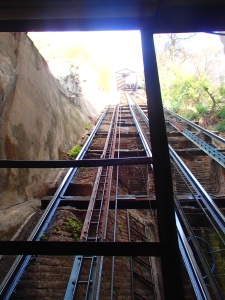 oets, artists and philosophers. The center of the city is flat and lies on the sea but is surrounded by hills lined with colorful houses and shops. To get to the top of the hills, the city has 15 ‘ascensors’ (or funiculars) that ease the pain of constantly climbing the steep cobblestone roads by foot.
oets, artists and philosophers. The center of the city is flat and lies on the sea but is surrounded by hills lined with colorful houses and shops. To get to the top of the hills, the city has 15 ‘ascensors’ (or funiculars) that ease the pain of constantly climbing the steep cobblestone roads by foot.
The best part about Valpo is wandering through the maze of steep streets and stairways and taking in the colorful buildings painted fully with street art. The graffiti, or street art, is literally everywhere. The painting of the buildings started when the city was thriving as a seaside port. When there was extra paint from the ships, they would sell it to the citizens for cheap who would use it to spruce up the exterior of their homes. The graffiti art has carried through today. If home or shop owners don’t want to get their fronts covered with gang related graffiti they hire a local artist. Once the art piece is finished local gangs don’t touch it. This is one of the reasons why so many people have professional artwork displayed on the front of their home or business. We took in all of the famous pieces of artwork during a free walking tour that pointed out the most popular and symbolic ones. Here is a slideshow showing what we saw:
One of the town’s most famous residents was the artist Pablo Neruda, who made a point of watching the New Year’s fireworks from his hou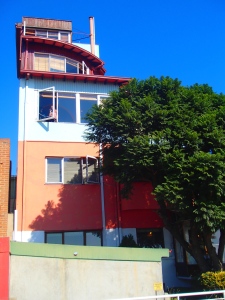 se at the top of the hill, La Sebastiana. Marissa and I visited his home after a hike up many of the hills and really enjoyed learning about one of Chile’s most famous artists and his funky house. The best part were the views from the house that were spectacular.
se at the top of the hill, La Sebastiana. Marissa and I visited his home after a hike up many of the hills and really enjoyed learning about one of Chile’s most famous artists and his funky house. The best part were the views from the house that were spectacular.
After enjoying the sites around town we decided to try our hand at learning how to cook Chilean cuisine. Some of the items that are famous in Chile are available in the US such as empanadas but other dishes are very specific to the area. We enrolled in a course that started at the market picking up all of the fresh fruits, vegetables and meats that we would use. Then we divided up the tasks at hand between ourselves and another couple who we cooked with.
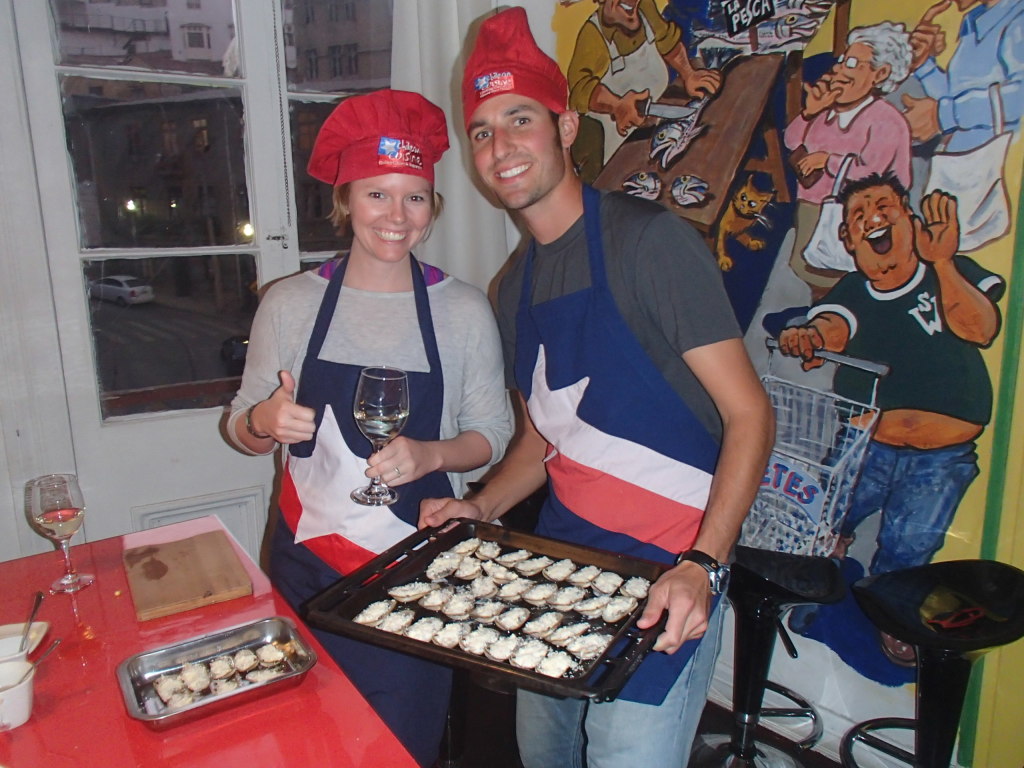 Marissa and I started with the toughest task, which was making ‘Machas a la Parmesana’ or Parmesan Clams. We have never tried to bake clams before and it proved to be a tedious task but the end result was well worth it! The clams were fresh from the sea and not the easiest to clean but now that we
Marissa and I started with the toughest task, which was making ‘Machas a la Parmesana’ or Parmesan Clams. We have never tried to bake clams before and it proved to be a tedious task but the end result was well worth it! The clams were fresh from the sea and not the easiest to clean but now that we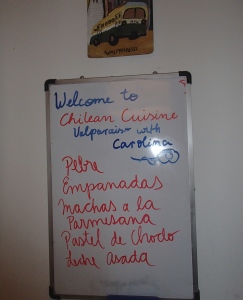 know how to do that, we will definitely try it out again at home. Another one of the dishes we made was ‘Pastel de Choclo’, which was a cornmeal casserole. This dish was definitely my favorite that we made. It was stuffed with meat, cheese, cornmeal and corn from the cob. It was awesome and would make for nice comfort food in the cold Michigan winters. Along with an appetizer and desert the food was paired with the amazing Chilean wines (you have to try a Chilean Camenere or Cabernet Sauvignon). The cooking night was a blast. After cooking, eating, and drinking we received a cookbook to take home with us so when we are back in the states we’ll have to invite you all over to try some Chilean cooking!
know how to do that, we will definitely try it out again at home. Another one of the dishes we made was ‘Pastel de Choclo’, which was a cornmeal casserole. This dish was definitely my favorite that we made. It was stuffed with meat, cheese, cornmeal and corn from the cob. It was awesome and would make for nice comfort food in the cold Michigan winters. Along with an appetizer and desert the food was paired with the amazing Chilean wines (you have to try a Chilean Camenere or Cabernet Sauvignon). The cooking night was a blast. After cooking, eating, and drinking we received a cookbook to take home with us so when we are back in the states we’ll have to invite you all over to try some Chilean cooking!
In some ways, Valpo reminded us of San Francisco. The city is colorful and contains a lot of hills that overlook the ocean. In Valpo, the city feels like it is a place where anything goes. It was such an interesting place and one of the more unique places that we have been on the trip! After our days in Valpo we spent a few short nights in Santiago before embarking on another different region of Chile: the Atacama Desert in the far north of the country.
San Pedro de Atacama
The world around me was going dim. My vision was going blurry and I was sweating like no other yet parts of my body were freezing cold. I felt trapped as I was sitting in the middle seat of the plane, gripping the sickness bag. It was quite possibility the worst feeling in the world. We were flying from Santiago to the north of Chile and I had some strange case of the flu. Marissa and I had both fought it for a day or two but unfortunately for me the worst of it was at 36,000 feet. I had never felt like I was going to pass out before but I nearly did this time. Apparently I looked so bad that the guy in the seat behind me waved over the steward to help me. Marissa did her best to tell them “El esta muy enfermo” meaning I was very sick. Sometimes you just want to curl up in the fetal position in your own bed, but that was not to happen. Instead, they moved me to the first row of seats on the plane where I sat in agony for the remainder of the flight. Luckily it was only a short flight.
For some reason we couldn’t catch a break when traveling through Chile this second time around. I was 0 for 2 on making it to our destination feeling good, but I guess that’s all part of the game of travel.
Chile is such a large country that we decided to fly from Santiago to the Atacama desert where the main city is San Pedro. The area is one of the largest tourist attractions in Chile due to some of the most spectacular scenery within a short distance away. San Pedro sits at 6,000 feet elevation, and when you arrive into this small town it feels like you have been transformed to another time period. For all the hype it gets it’s actually quite small…nothing more than one main street with a few side streets. The streets are made of dirt and lined with adobe style architecture. The main road is filled with numerous shops, restaurants and an overwhelming amount of tour companies (at last count there were 48 in San Pedro alone).
There were a few main tours that we really wanted to do in the area, but we spent the first day or two recovering from our strange flu (Marissa ended up getting it too, but a day later). We felt lucky that we had a nice guesthouse to rest in. The first tour that we did was something we had never done before: desert stargazing. We were picked up from our guesthouse at 10 p.m. and drove 30 minutes into the darkness that surrounds San Pedro. The tour was started by a French astronomer as a way to teach others about the planets, stars and galaxies. The climatic conditions in the Atacama Desert make it ideal for stargazing: cloudless nights, zero lights, very little pollution and predictable winds from the Pacific. Marissa and I were in awe at everything that you could see. There were literally THOUSANDS of stars and planets that were visible with the naked eye by standing outside. It was amazing seeing how vibrant the Milky Way lit up the sky, and seeing Saturn and Jupiter. We enjoyed the talk by the astronomer working the tour. He pointed out several key features then gave us the opportunity to peer into 12 different high-powered telescopes. It was such a unique experience, even if it was a late night!
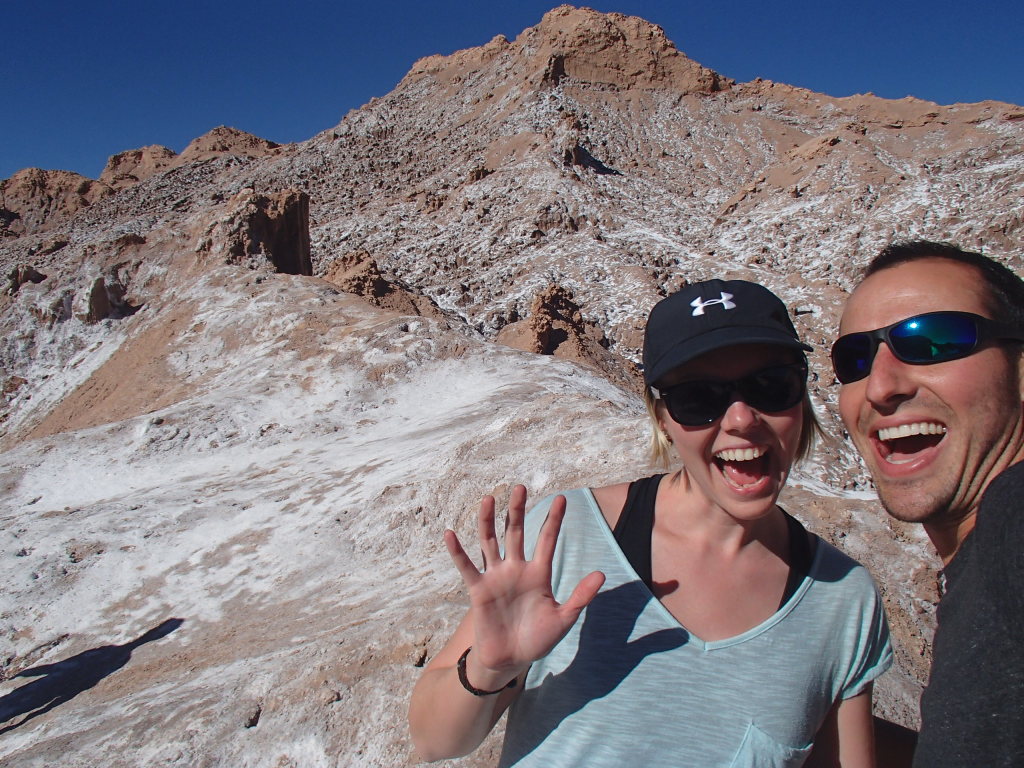 We settled on doing two other popular tours in the area. First we went to an area nearby San Pedro called Valle de la Luna. The tour was cheap (only about $10 USD) and far exceeded our expectations. We left mid-afternoon and took in the rugged salt filled terrain that had the appearance of snow. The numerous minerals in the area give it different hues of colors and the feeling that you are on the moon (thus the name, Valle de la Luna or Valley of the Moon). The area reminded us of some of the American Southwest of Arizona around the Grand Canyon and southern Utah. It was absolutely amazing. The tour ended with an awesome sunset high atop one of the mountains. Even though it was a bit touristy, it was such a nice way to end the day!
We settled on doing two other popular tours in the area. First we went to an area nearby San Pedro called Valle de la Luna. The tour was cheap (only about $10 USD) and far exceeded our expectations. We left mid-afternoon and took in the rugged salt filled terrain that had the appearance of snow. The numerous minerals in the area give it different hues of colors and the feeling that you are on the moon (thus the name, Valle de la Luna or Valley of the Moon). The area reminded us of some of the American Southwest of Arizona around the Grand Canyon and southern Utah. It was absolutely amazing. The tour ended with an awesome sunset high atop one of the mountains. Even though it was a bit touristy, it was such a nice way to end the day!
Our last tour in the area took us from San Pedro to the highest geothermal area in the world, El Tatio Geysers, which sit at 15,000 feet. It was pretty amazing going from 6,000 to 15,000 feet within a few hours (which is ill advised as you are suppose to acclimatize slooooowly). When we arrived and got off the bus it was freezing with temperatures hovering around zero degrees F. Our bodies felt a little ‘off’ as well with a mild headache and tingling from the altitude. We had taken some altitude pills which probably helped, but we felt like we were walking around in a bit of a daze. The various different mud pots and geysers were quite a sight in the rising sun and we were glad that we made the trip there.
After a great time in Chile, we decided it was time to head to Bolivia. In San Pedro we booked a three day, two night adventure that would take us into Bolivia via a four wheel drive SUV. We were excited to continue onward towards volcanoes, weird rock formations, colorful lakes and the amazing salt flats of Uyuni – bring on Bolivia!

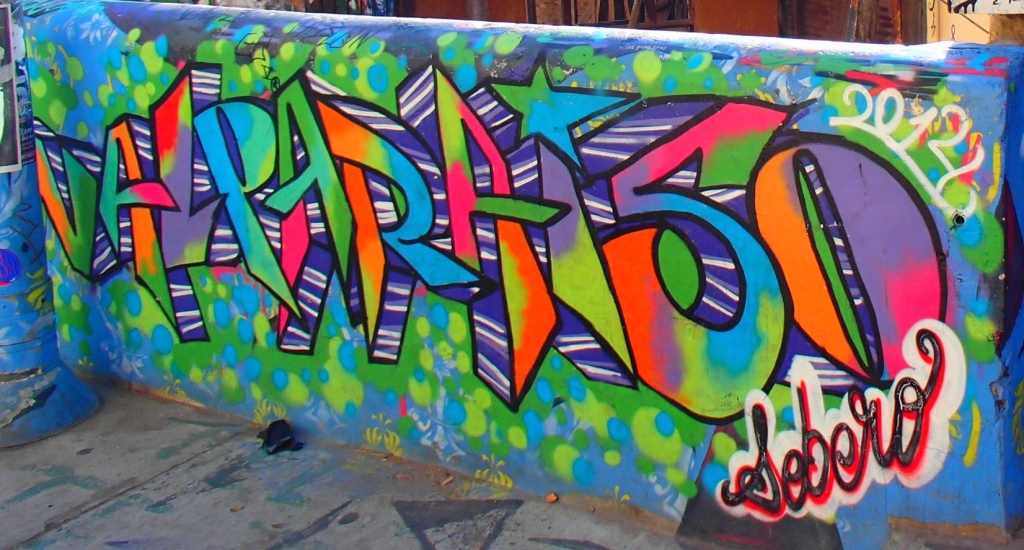
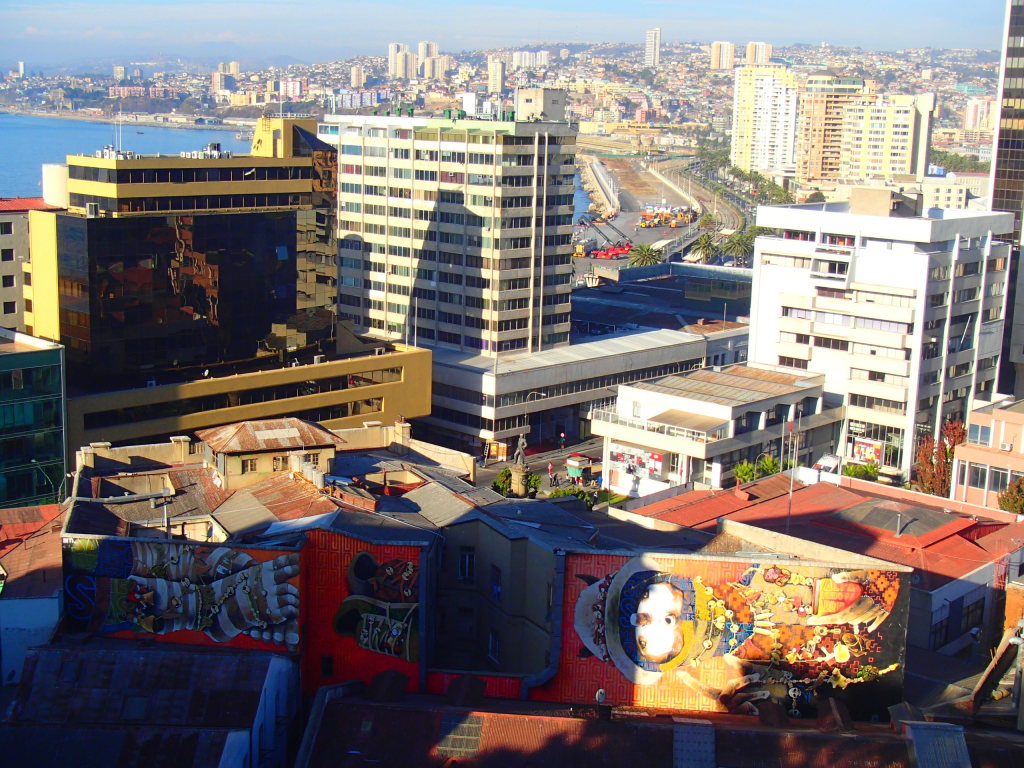
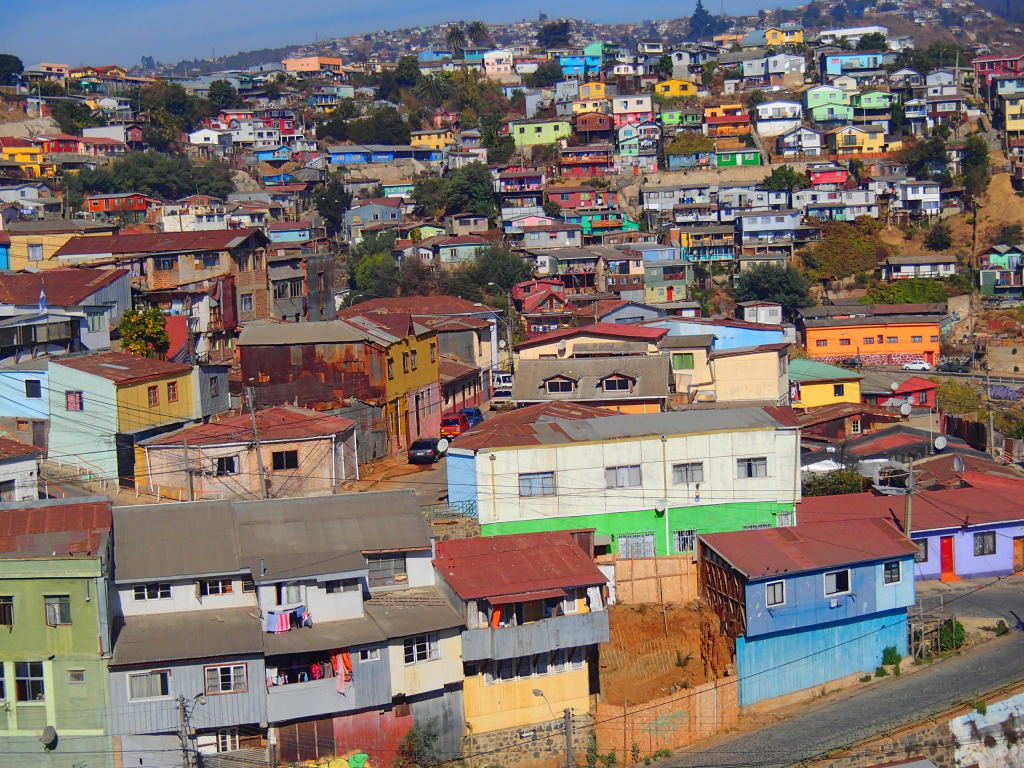
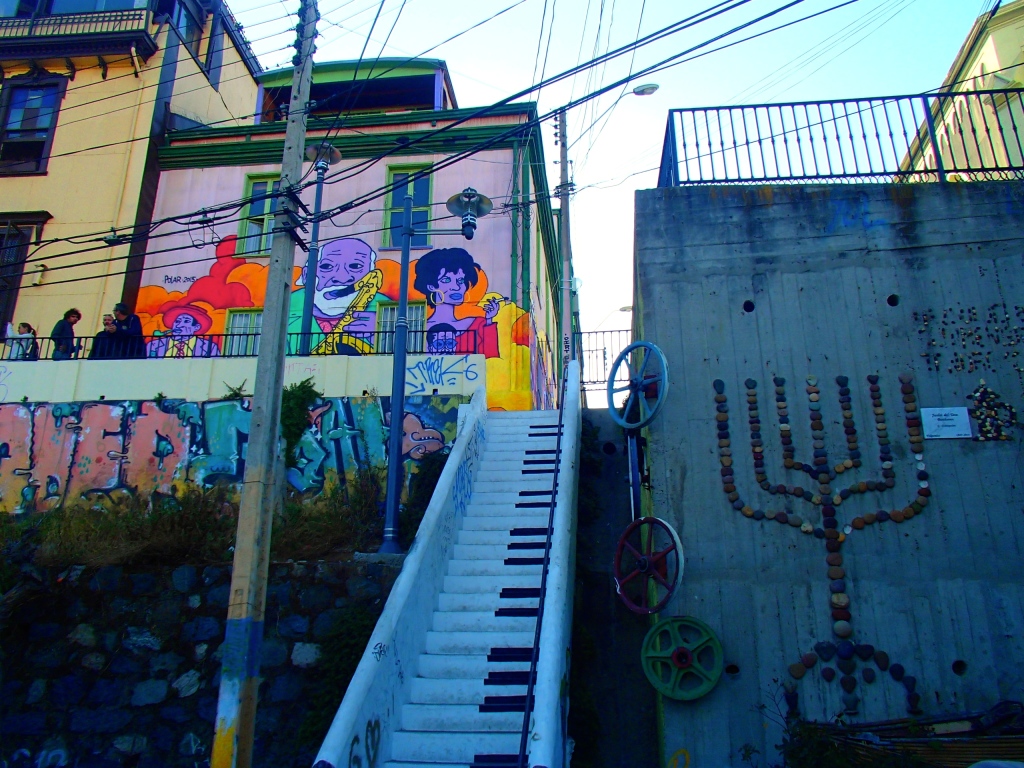
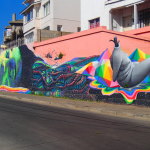
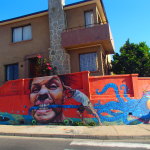
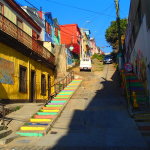
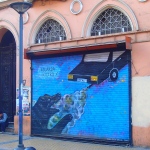
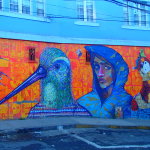
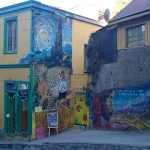
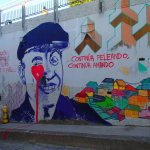
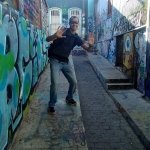
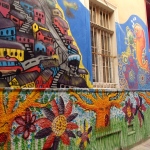
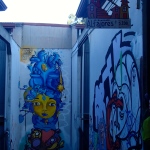
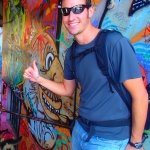
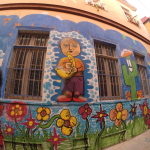
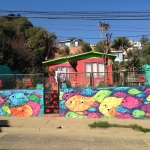
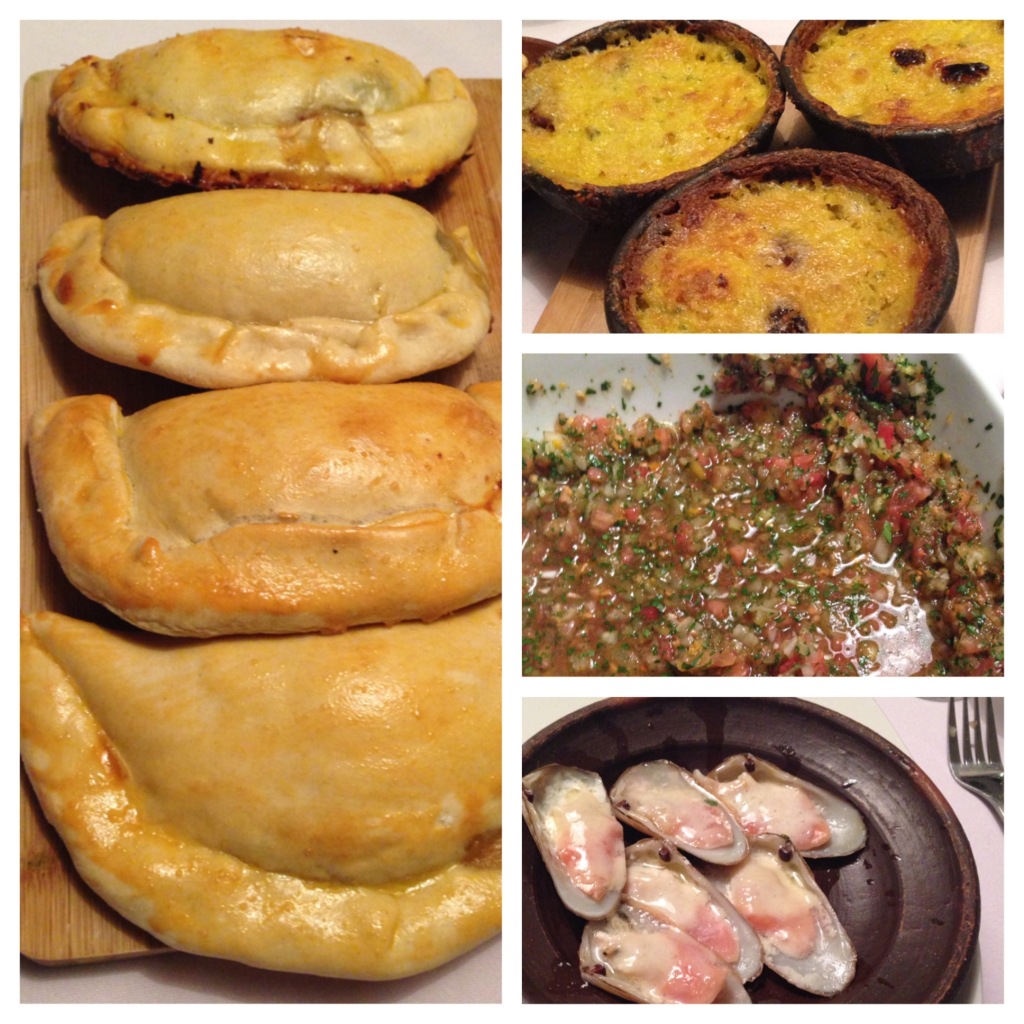
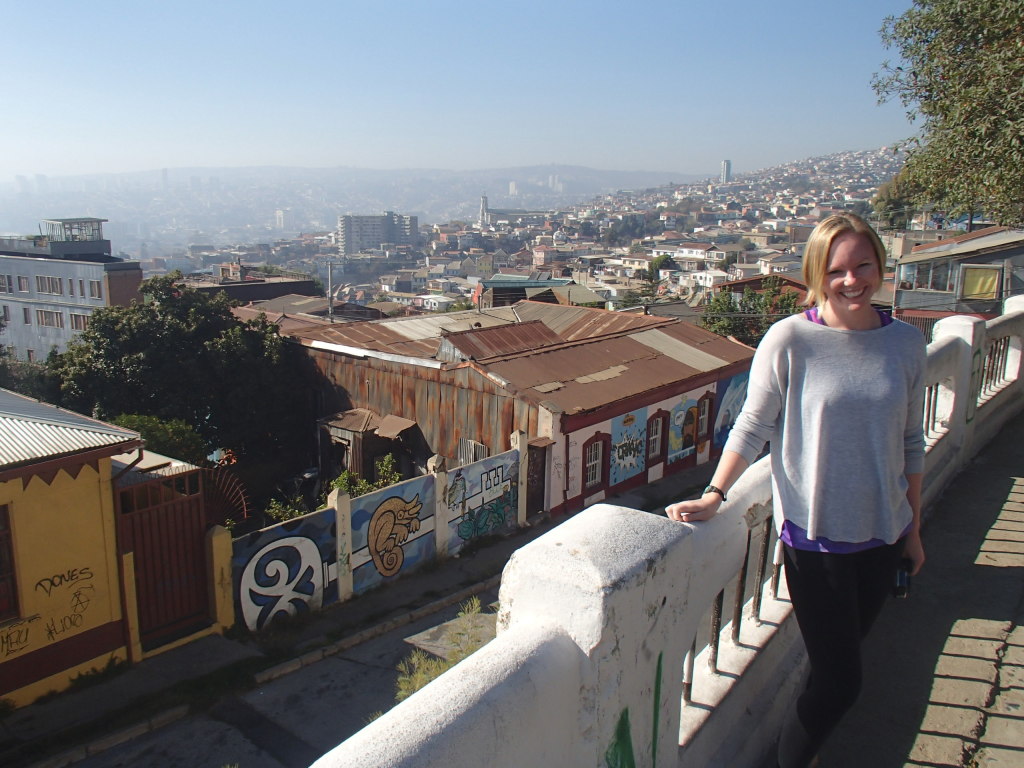
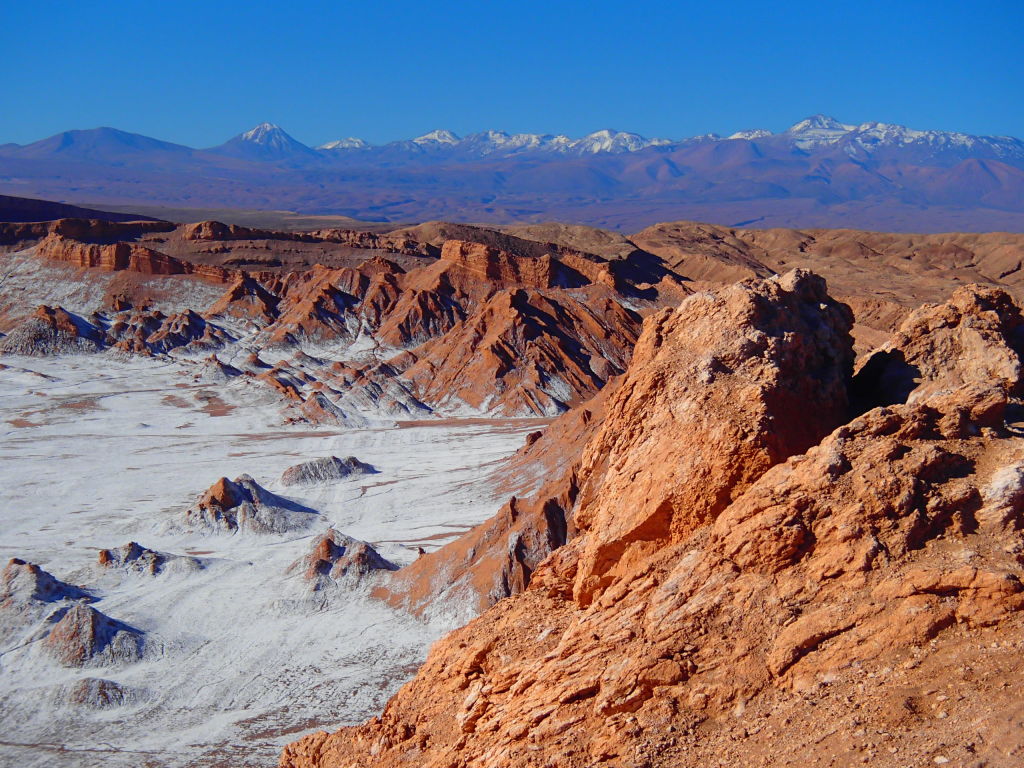
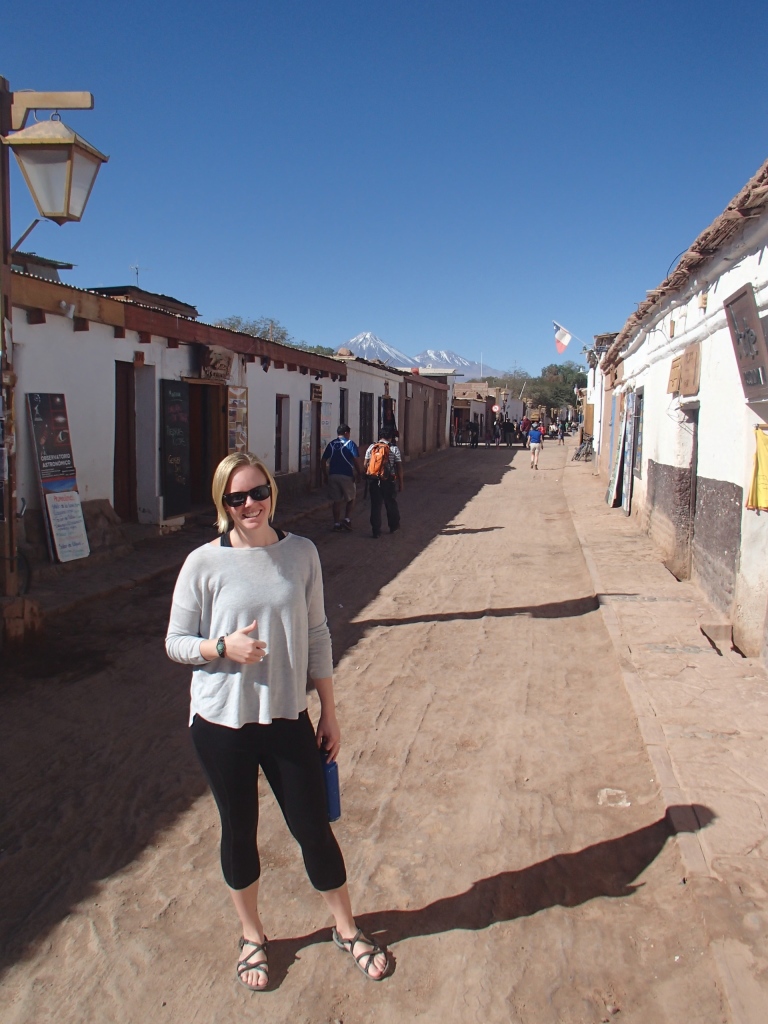
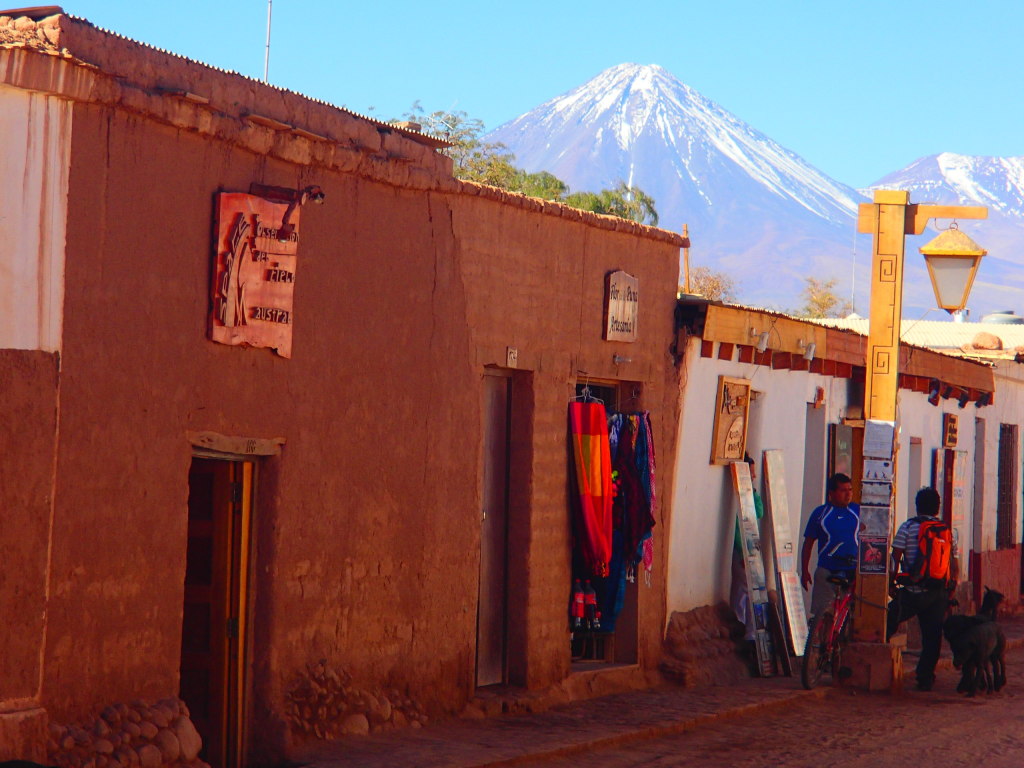
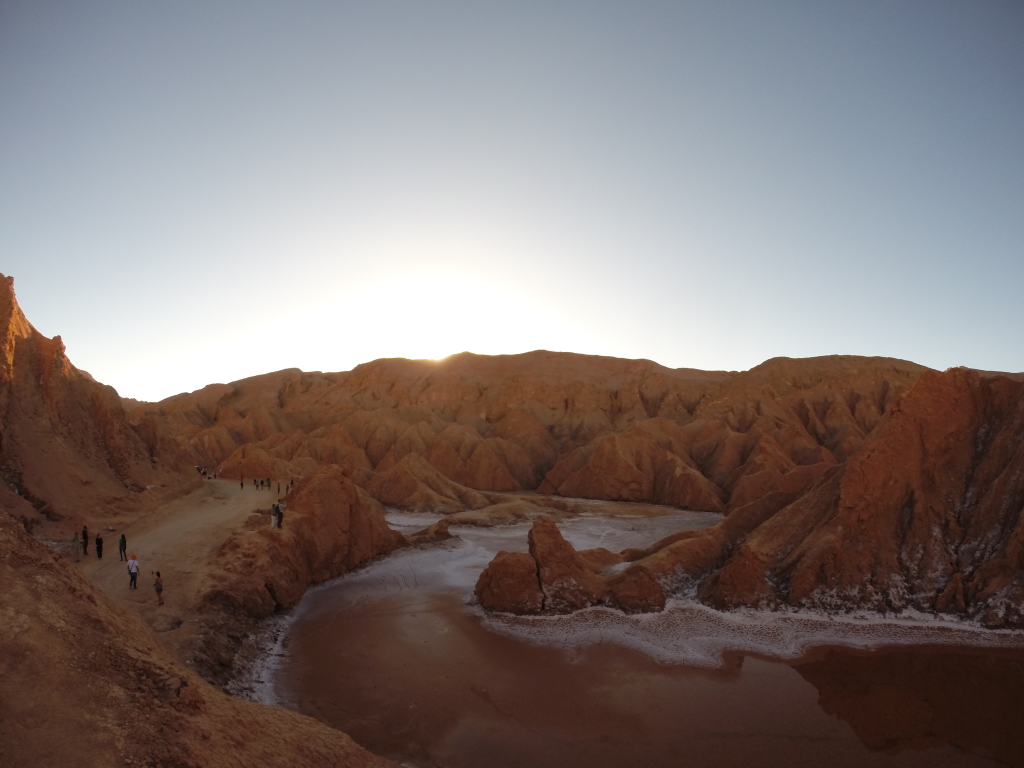
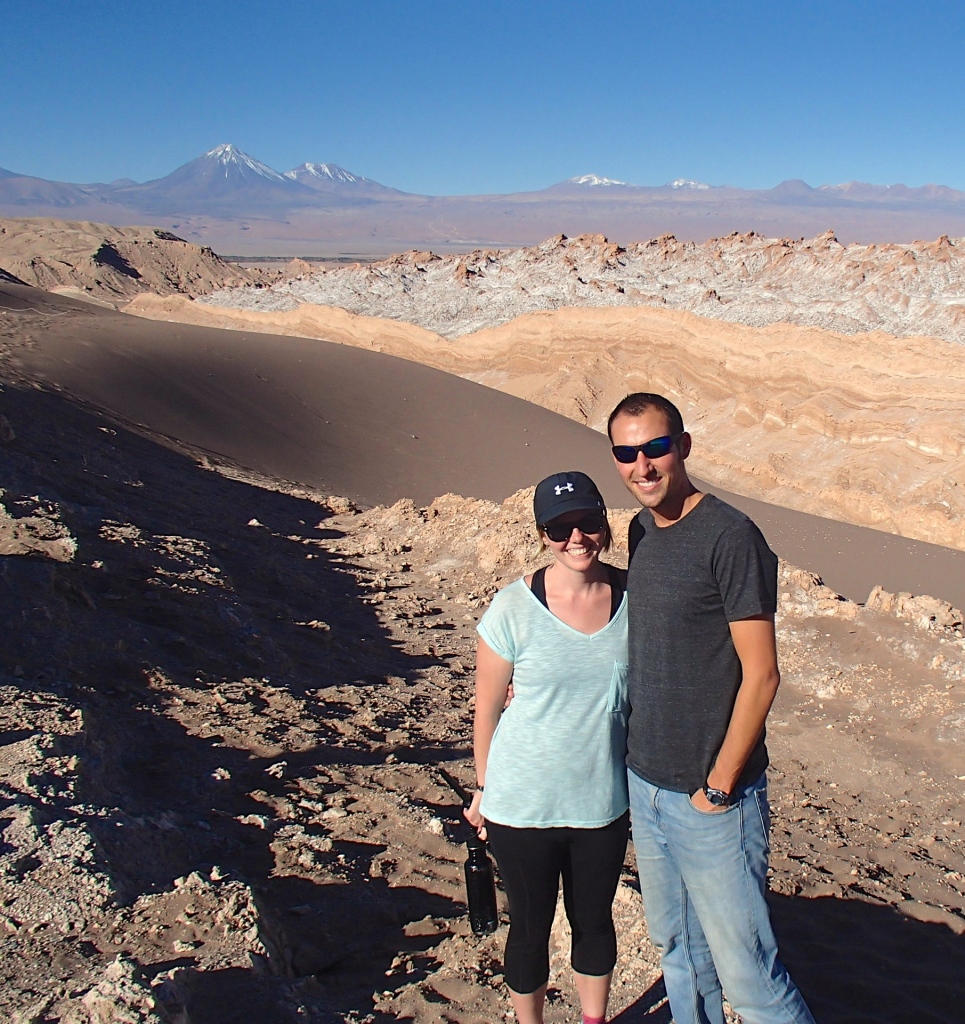
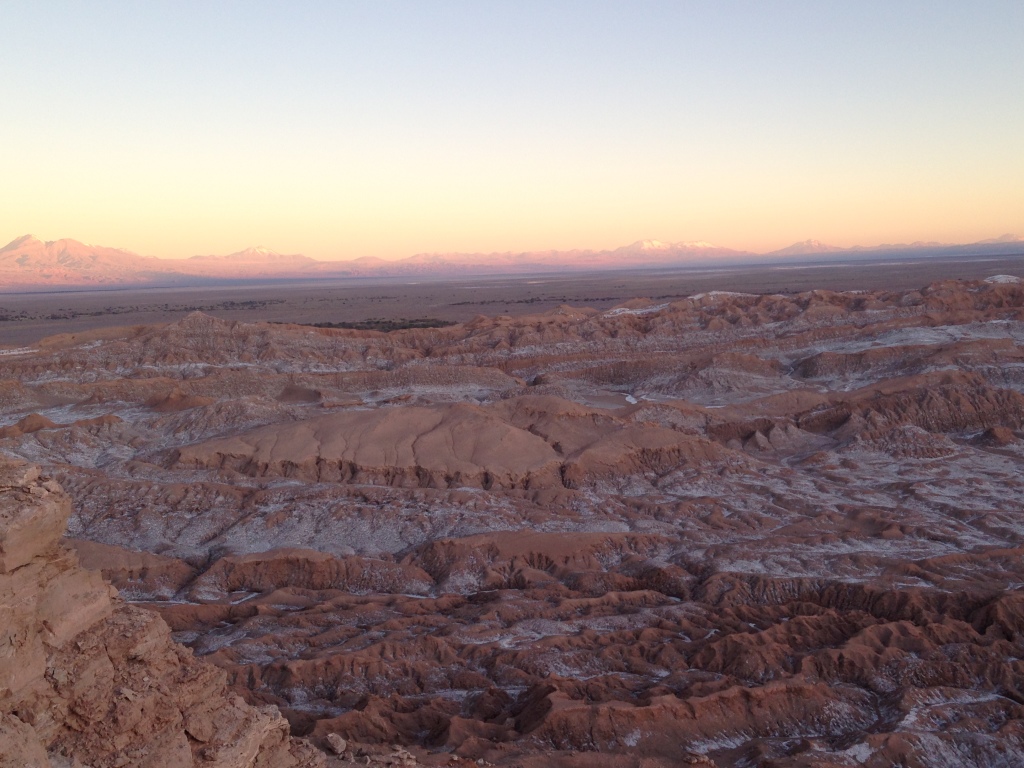
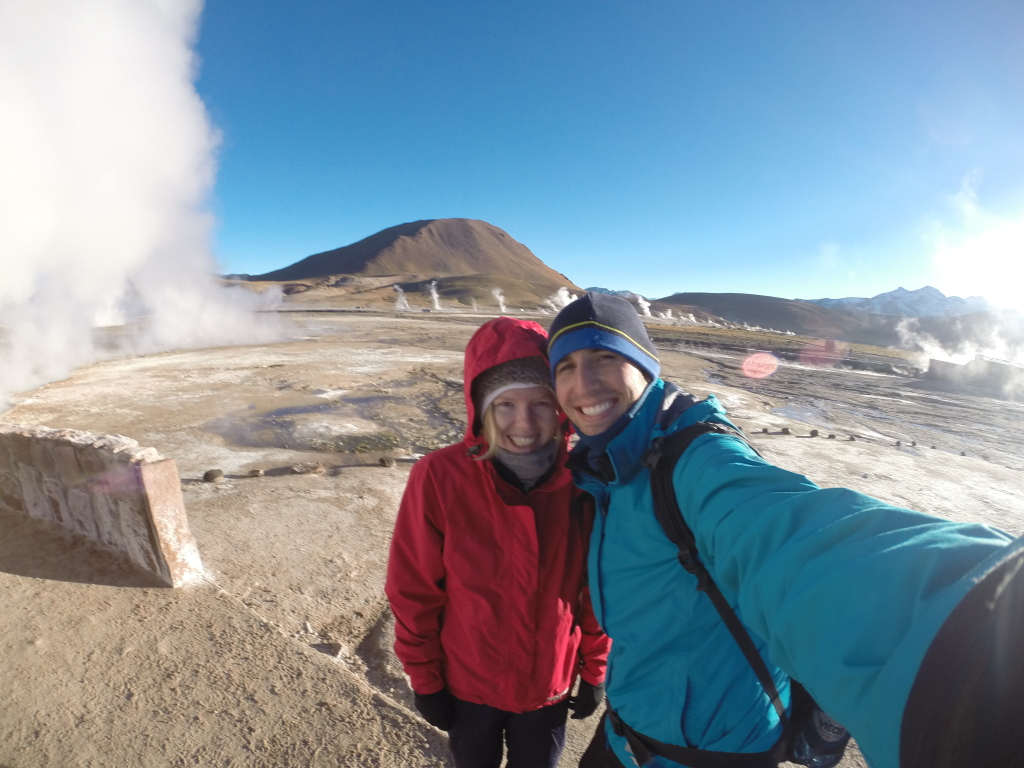
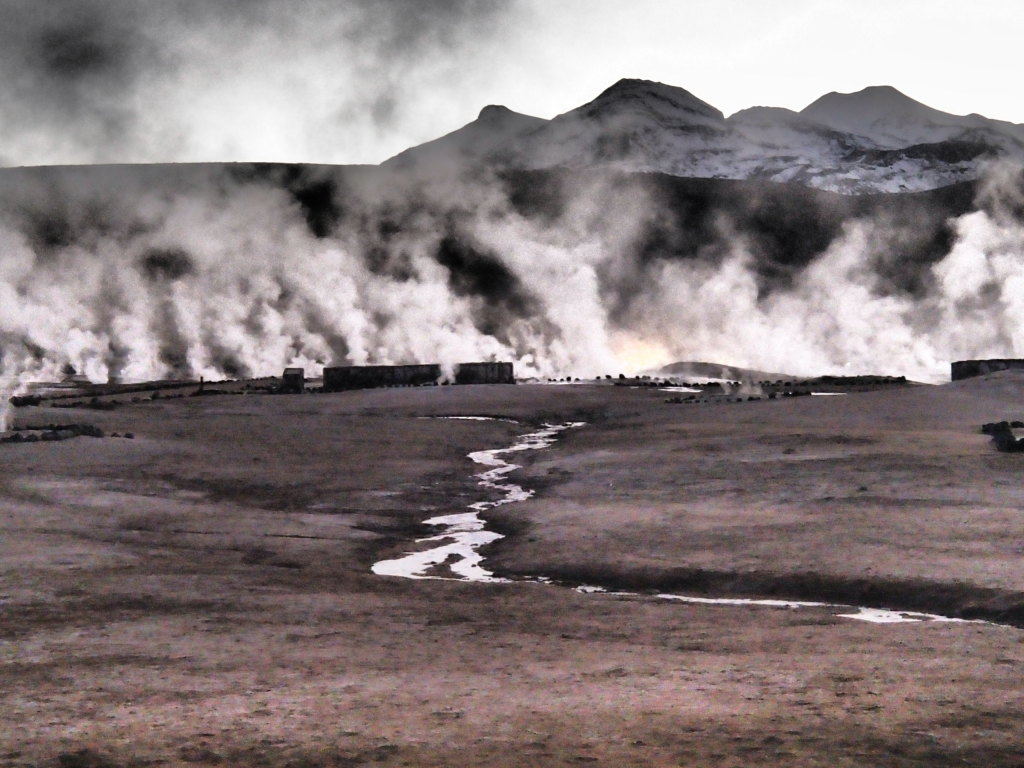
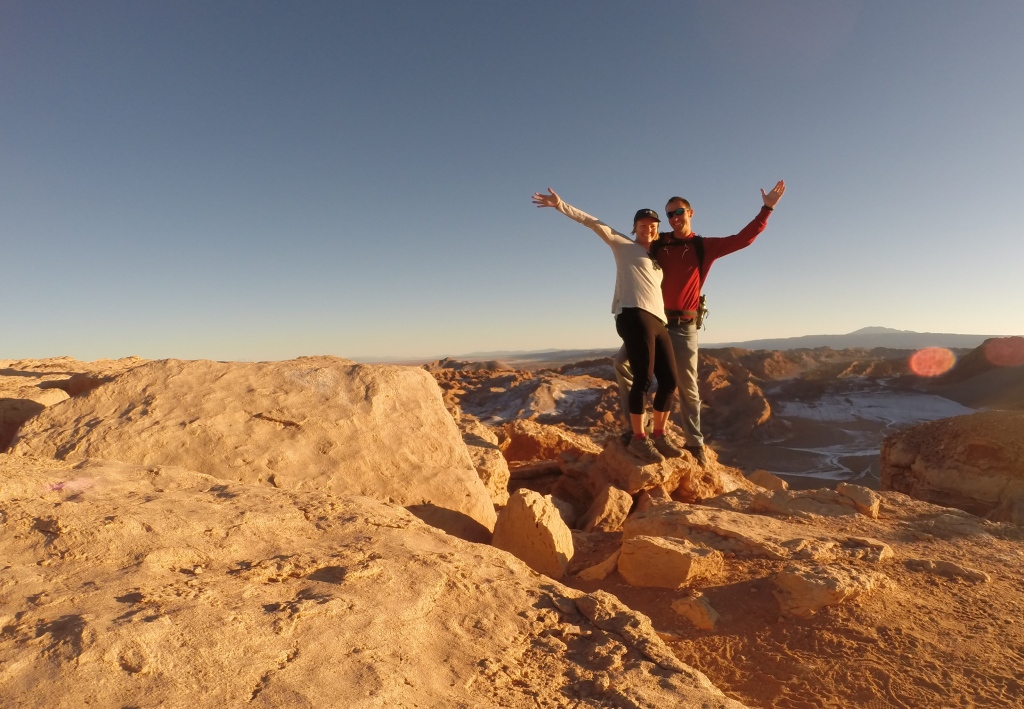
Leave a Reply